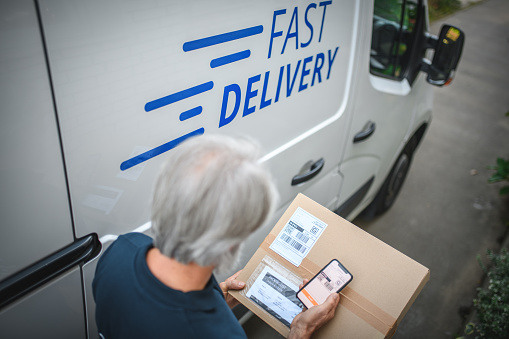In this guest blog Sidharth Macherla, principal consultant from data science consultancy, FOYI, explores the reality of data leakage and how it is a bigger issue than many business owners believe – after all, you can’t fix what you can’t see.
Revenue leakage offers an abundance of options
In this era of apps, it’s not the lack of options but rather an abundance of it that is a problem. It all begins with a niche software solution that fits your current problem and budget perfectly. An app to manage invoices, another to manage the bookings and so on. But if they are not integrated and able to tell a connected story what you deliver to your customers and your business is less than ideal.
Absolutely a small fleet of two or three drivers could use manual processes to manage fleet operations. However, as the fleet size increases, these manual processes become complex and prone to human error. This often results in revenue leakage, one invoice at a time.
This is the story of most businesses that I have worked with. All it takes is a watertight process from pricing to invoicing. I agree that it is easier said than done. However, think of it this way, it’s easier when you have 10+ trucks to get this sorted than when you have 200+
What is revenue leakage?
Revenue leakage is the gap in revenue between your expectations and the reality. For instance, if you have invoiced $4,200 for a job instead of $5,000, you have an $800 revenue leakage or in some extreme examples, if that job is not invoiced at all then there is a $4,200 revenue leakage.
How does this occur? Let’s say your driver is assigned a job to pick up goods from Warehouse A and deliver to a store in City X. You initially estimate the price based on the time and tonnage. However, when your driver gets to the pick-up point there is a delay of about an hour. Furthermore, let’s say that after the delivery, the driver is requested for another quick job within City X.
On account of the manual process, it is up to the driver to update the actual time for the initial job as well as factoring in the additional job. It is common to either forget updating the actual information or recording the additional hour accurately. And accounting for that extra job is just all too hard. This results in revenue leakage.
3% to 5% of total invoices impacted
During my early days with a fleet operations team, I believed unauthorised and undercharged invoices were an exception. Today, I estimate that undercharged invoices account for roughly 3% to 5% of the total invoices per year.
So, what are the key drivers of revenue leakage?
- Business using paper based invoicing systems. This can’t help but result in human error.
- No proper integration between IT systems. Therefore, any change in pricing does not automatically flow through to invoices.
- IT systems that lend themselves to manual editing. This results in staff overriding the system recommendations.
- After the work order is setup, the business process for any dynamic change is a manual adjustment with no checks. This also results in human error.
- There is no automated way of auditing the invoices. This results in random auditing that often misses the complete picture.
How to stop the revenue leakage
The three steps to stopping revenue leakage are as follows.
Step 1: Measure the impact of revenue leakage
Audit your invoices and contrast them with expected pricing to identify the impact of the leakage on your business. As you can imagine, this would be extremely hard if you are still using paper-based invoicing and work order systems. The least you can do is to go digital and thereby have a better visibility of the impact.
Step 2: Identify and address the key/major drivers
The objective is to address the problem in the most optimal way. For example, a tactical low cost approach could be offering refresher training to the staff that contribute to 80% of the undercharged invoices. A strategic higher cost approach could be to fix the IT systems so they limit or do not allow manual adjustments.
Step 3: Set up an automated recurring audit report
As you begin to address the current drivers of revenue leakage, you may discover new drivers of revenue leakage in the future. Therefore, a consistent approach is to have an automated audit report. This will help you in tracking any new drivers of revenue leakage.
Share this
You May Also Like
These Related Stories

How You Deliver Has Never Mattered More

How workforce management software can stop revenue leakage

